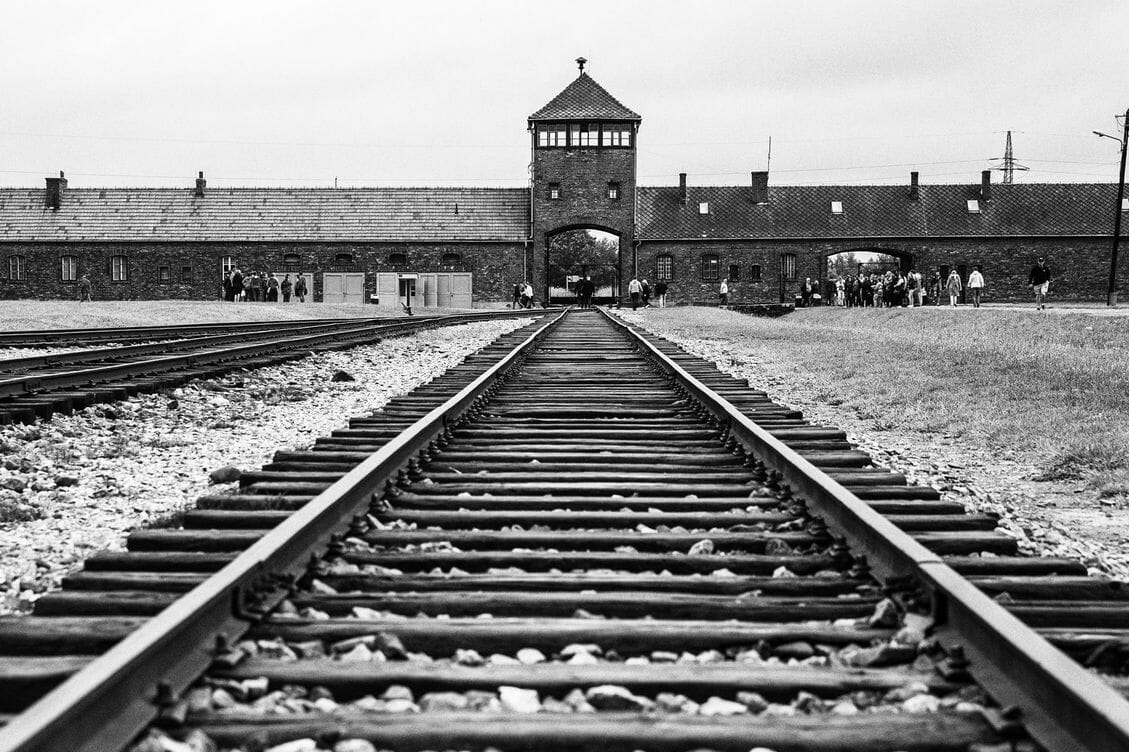
Witness to history, witness to possible futures
Rev. Jerrod H Hugenot
May 1, 2019
Terezín looked like an out-of-the-way sort of town in the Czech countryside, thirty miles north of Prague. One could almost imagine it as idyllic, if it were not for the reason that brings the tourists to town. In the midst of this former 18th century fortress, the Nazis created a ghetto and a concentration camp, taking advantage of the fortifications built long ago to keep out invaders in order to keep thousands of Jews there during World War II. Walking beyond the town square where the buses stop, you begin to see past the veneer and into the areas repurposed or built by the Nazis for killing and cremating their victims.
Auschwitz is the name most remembered in popular memory as part of this cruel history. Theresienstadt, the camp within Terezín’s walls, however, is known for the Nazis’ great deception, bringing in the International Red Cross to inspect the camp. During the visit, the camp officials engaged in duplicity, showing a camp where food and happiness were on display in abundance.
Going on a pilgrimage to sacred sites is part of the faith journey for many religious traditions. Visiting Terezín is not for the faint of heart. It is sacred ground, meant to be quietly beheld and grieved. Long before you arrive at the former crematoria and the memorials beyond the town square, the prisoners’ barracks and common areas sober you.
Displays tell the story of persons who were uprooted from their homes and lives into the misery of internment. I was drawn again and again to the stories told of musicians and actors, many of whom would never leave, who spent their time composing music, creating art and performing. The brilliance and beauty of their craft stands out against the rhetoric and systemic evil that may have consumed their lives, but not their witness to the human spirit and the defiance that art wields in times of resistance to oppressive powers.
In times where we have leaders with slow will to call out a rising tide of white supremacy, anti-Semitism and other speech meant to insult, belittle and marginalize, Holocaust Remembrance Day’s efforts to communicate “Never Again” become that much more urgent. Are we willing to step beyond the interfaith gatherings when tragedy strikes local communities and faraway countries, and work daily to dismantle hate and fear in personal and global ways alike? Can we embrace the intersectionality of race, ethnicity, language, religion, politics, class and other markers of difference, create peacemaking, and live out the grace to differ and be different?
Are we willing to step beyond the interfaith gatherings when tragedy strikes local communities and faraway countries, and work daily to dismantle hate and fear in personal and global ways alike? Can we embrace the intersectionality of race, ethnicity, language, religion, politics, class and other markers of difference, create peacemaking, and live out the grace to differ and be different?
Or shall the next angry group who gains the upper hand then subsume and dismember entire populations yet again?
The Rev. Jerrod H. Hugenot is associate executive minister, American Baptist Churches of New York State.
The views expressed are those of the author and not necessarily those of American Baptist Home Mission Societies.
Want the latest from The Christian Citizen?
Subscribe to Christian Citizen Weekly

